Desert botanical gardens represent some of nature’s most resilient showcases, where plants have mastered the art of survival in harsh conditions. These living museums demonstrate how flora adapts to extreme temperatures, minimal rainfall, and intense sunlight while creating breathtaking displays that captivate visitors throughout every season.
From towering saguaro cacti to delicate wildflower blooms, these specialized gardens prove that desert landscapes are anything but barren. Here is a list of 18 remarkable desert botanical gardens that showcase nature’s incredible adaptability while providing educational experiences for visitors of all ages.
Desert Botanical Garden, Phoenix, Arizona
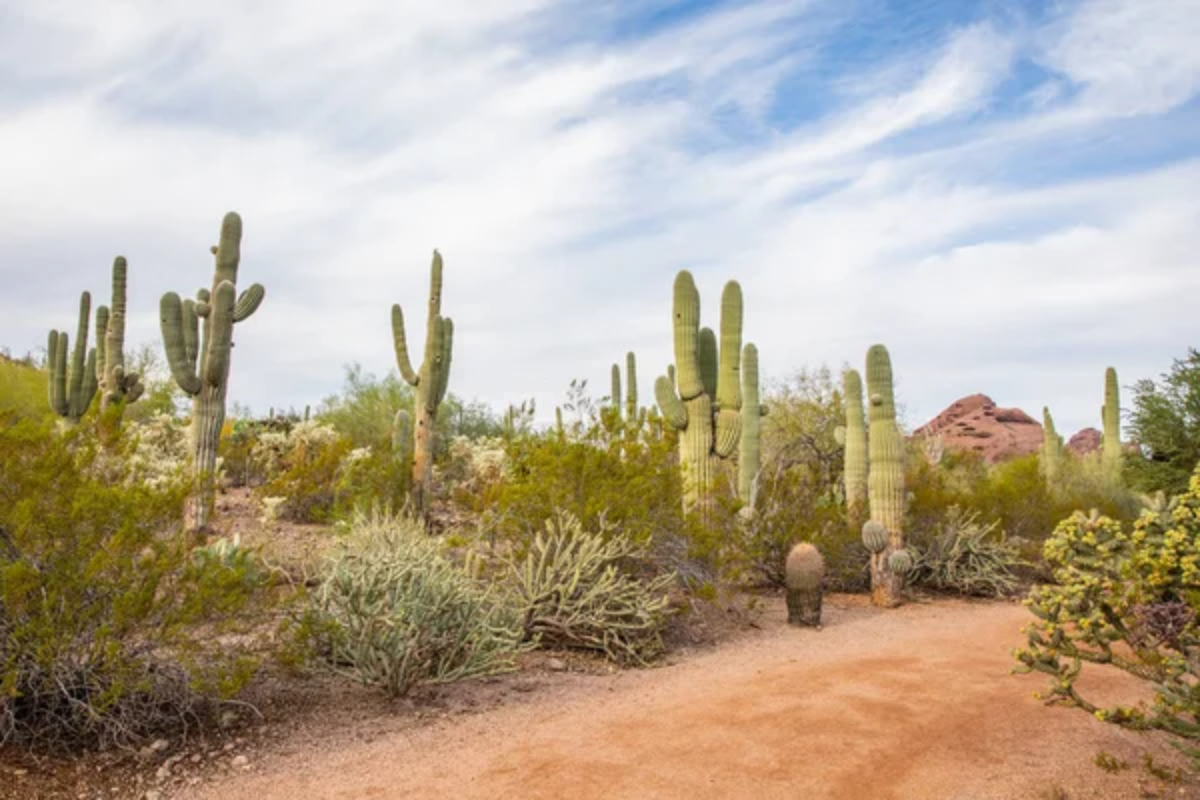
The crown jewel of desert horticulture spans 140 acres in the heart of the Sonoran Desert, featuring over 50,000 plant displays from deserts around the world. This internationally recognized garden houses the world’s largest collection of desert plants, with species from Australia, South Africa, and both North and South American deserts.
The facility’s innovative research programs focus on conservation and sustainable desert living, making it a leader in understanding how desert ecosystems function.
The Living Desert Zoo and Gardens, Palm Desert, California
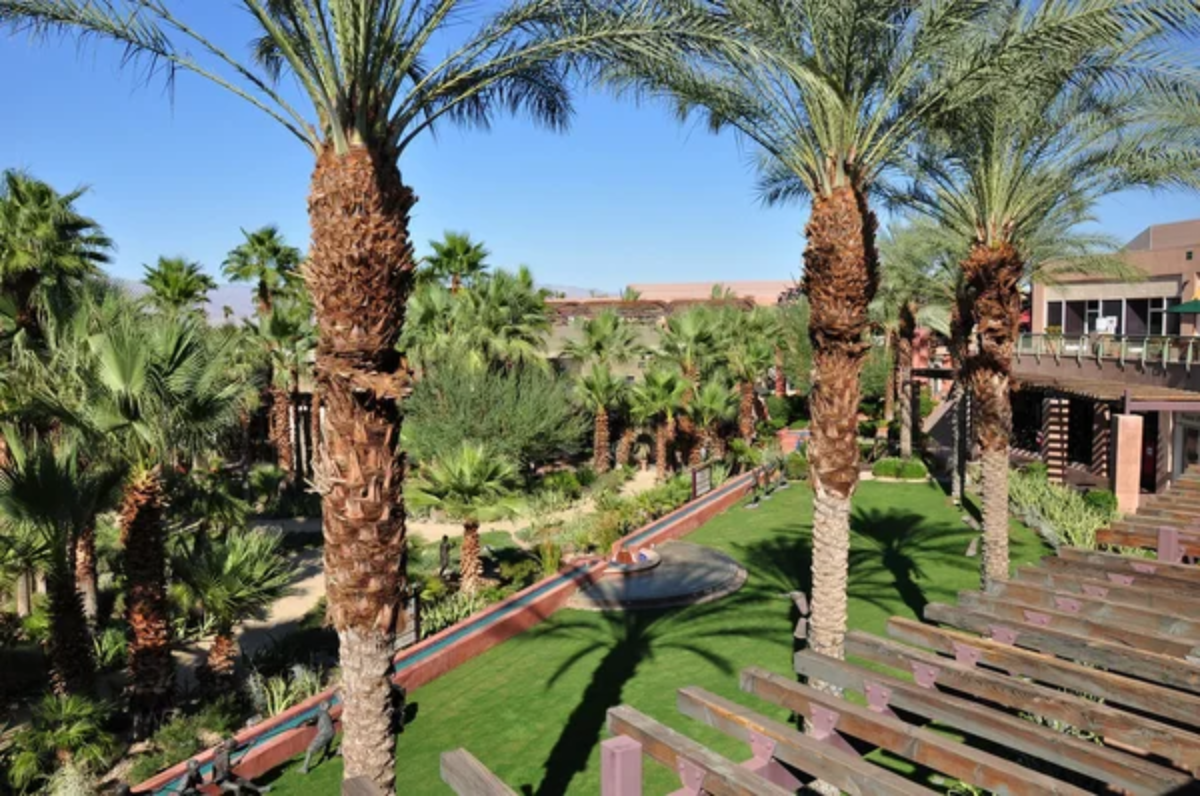
This unique destination combines wildlife conservation with botanical excellence and covers 1,200 acres of the Colorado Desert ecosystem. The garden sections feature plants native to the Mojave and Sonoran deserts, including rare and endangered species rarely seen elsewhere by visitors.
It’s set in the Coachella Valley, providing perfect growing conditions for desert flora, while offering spectacular mountain backdrop views.
Like Travel Pug’s content? Follow us on MSN.
Huntington Desert Garden, San Marino, California
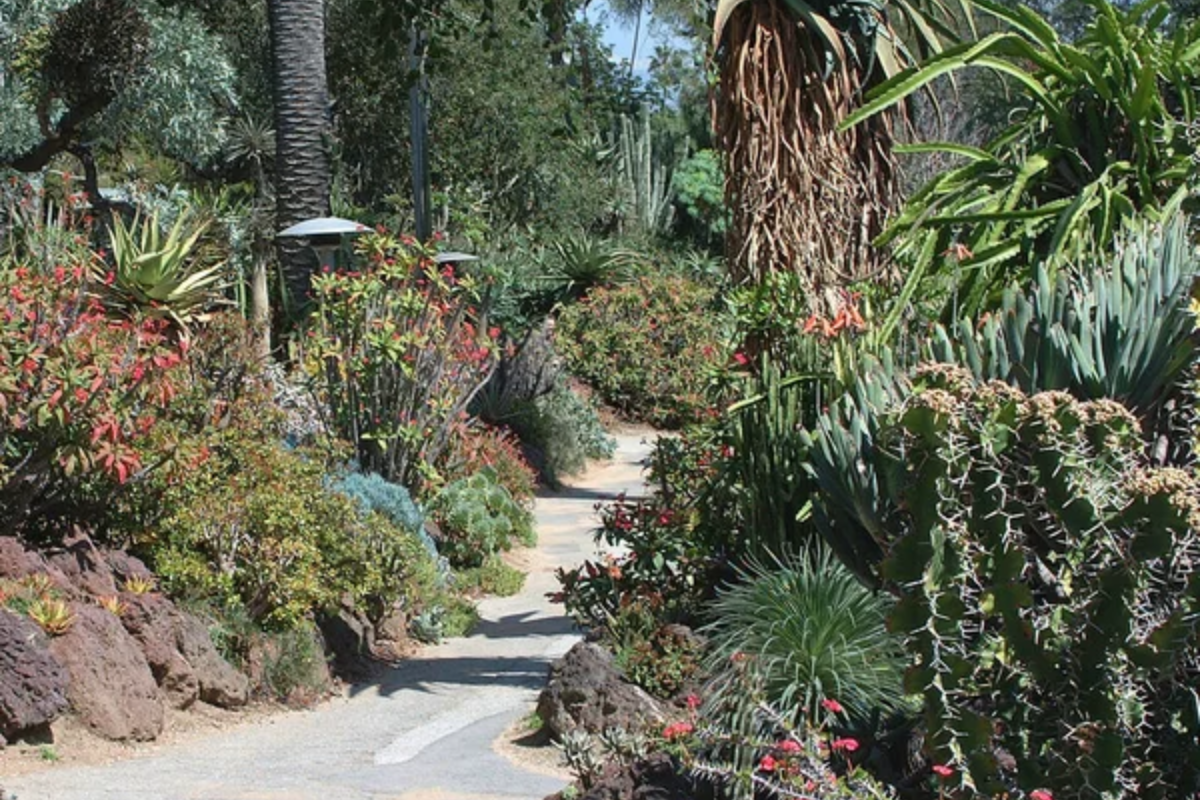
This 10-acre wonderland houses one of the world’s largest outdoor collections of desert plants, with specimens representing every major desert region globally. The garden’s thoughtful design creates distinct microclimates that allow plants from different continents to thrive side by side.
Visitors often describe walking through this space as taking a botanical world tour without leaving Southern California.
Tohono Chul, Tucson, Arizona

This 49-acre nature preserve emphasizes the beauty and ecological importance of the Sonoran Desert through carefully curated plant displays and natural habitat areas. The garden’s mission focuses on connecting people with the natural world while demonstrating sustainable desert living practices.
Its peaceful walking paths wind through demonstrations of water-wise landscaping that inspire visitors to cultivate their desert-adapted gardens.
Ethel M Chocolates Botanical Garden, Henderson, Nevada
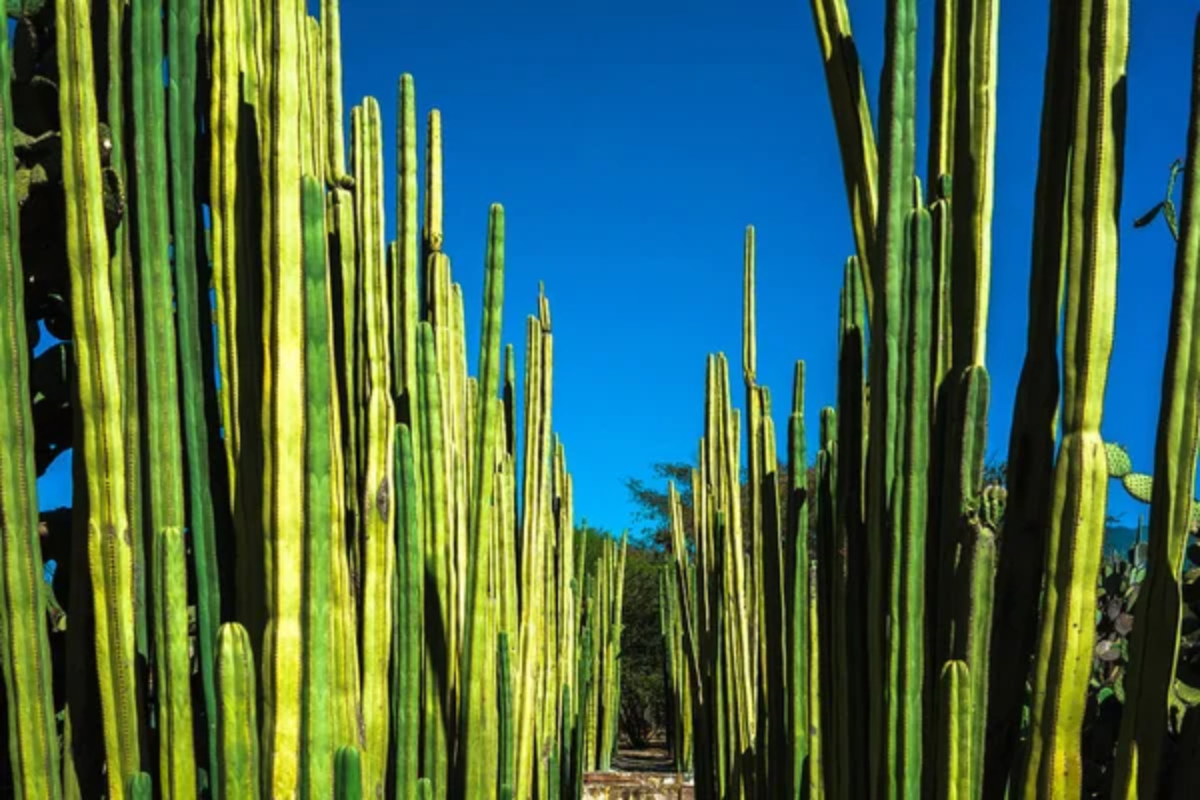
This three-acre garden features the largest collection of cacti and succulents in the Southwest, with over 300 species creating a dense tapestry of desert beauty. The compact size allows for intimate viewing of rare specimens that larger gardens might display from a distance.
During holiday seasons, the entire garden transforms into a magical wonderland with lights illuminating the sculptural forms of desert plants.
Like Travel Pug’s content? Follow us on MSN.
Moorten Botanical Garden, Palm Springs, California
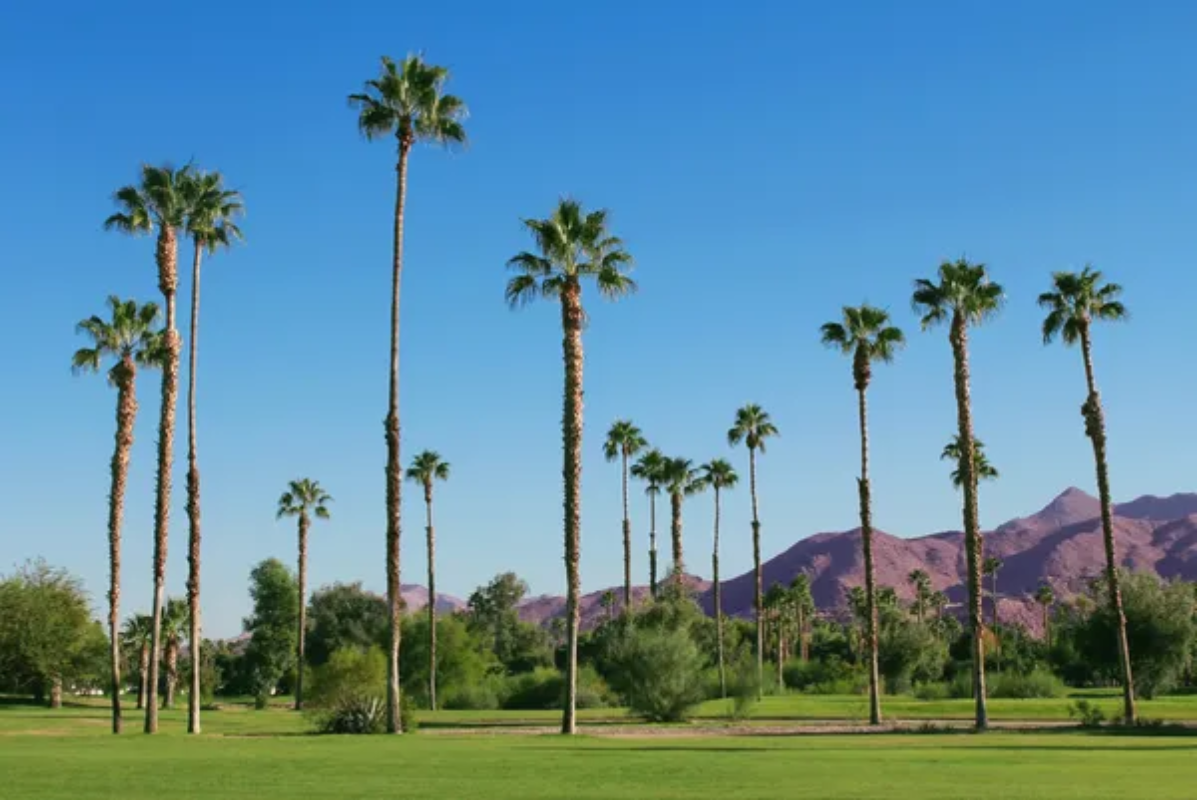
Family-owned since 1938, this intimate one-acre garden showcases over 3,000 varieties of desert plants from around the world in a charming, personal setting. The garden’s founder was a pioneer in desert plant cultivation, and the current collection reflects decades of careful curation and experimentation.
Its small size creates an almost secret-garden atmosphere where visitors can examine plants up close and learn about their unique adaptations.
Ruth Bancroft Garden, Walnut Creek, California
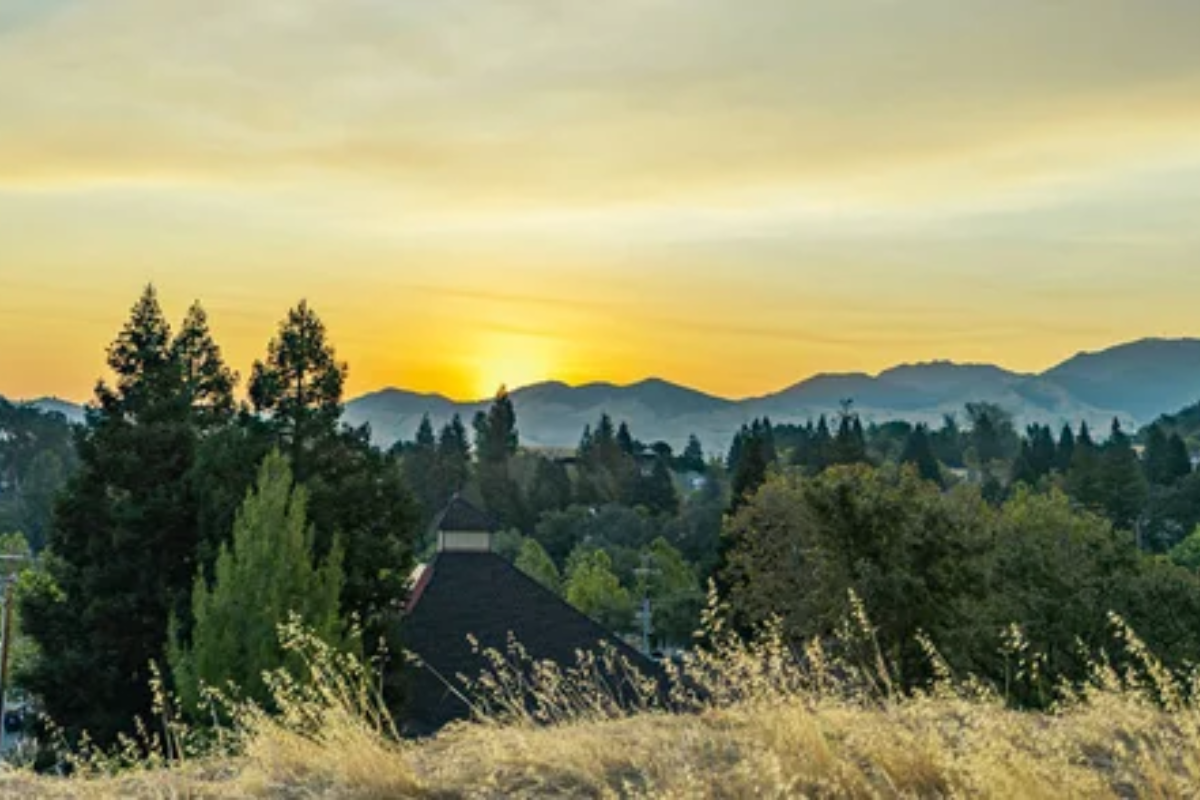
This remarkable four-acre garden proves that desert plants can thrive even in Mediterranean climates. It features an extensive collection of succulents, cacti, and other water-wise plants.
Created by a visionary gardener who began collecting desert plants in the 1950s, the garden demonstrates innovative design principles for dry-climate gardening. Its location in Northern California’s inland valleys provides the perfect balance of rainfall and sunshine for desert plant cultivation.
Las Vegas Springs Preserve, Las Vegas, Nevada
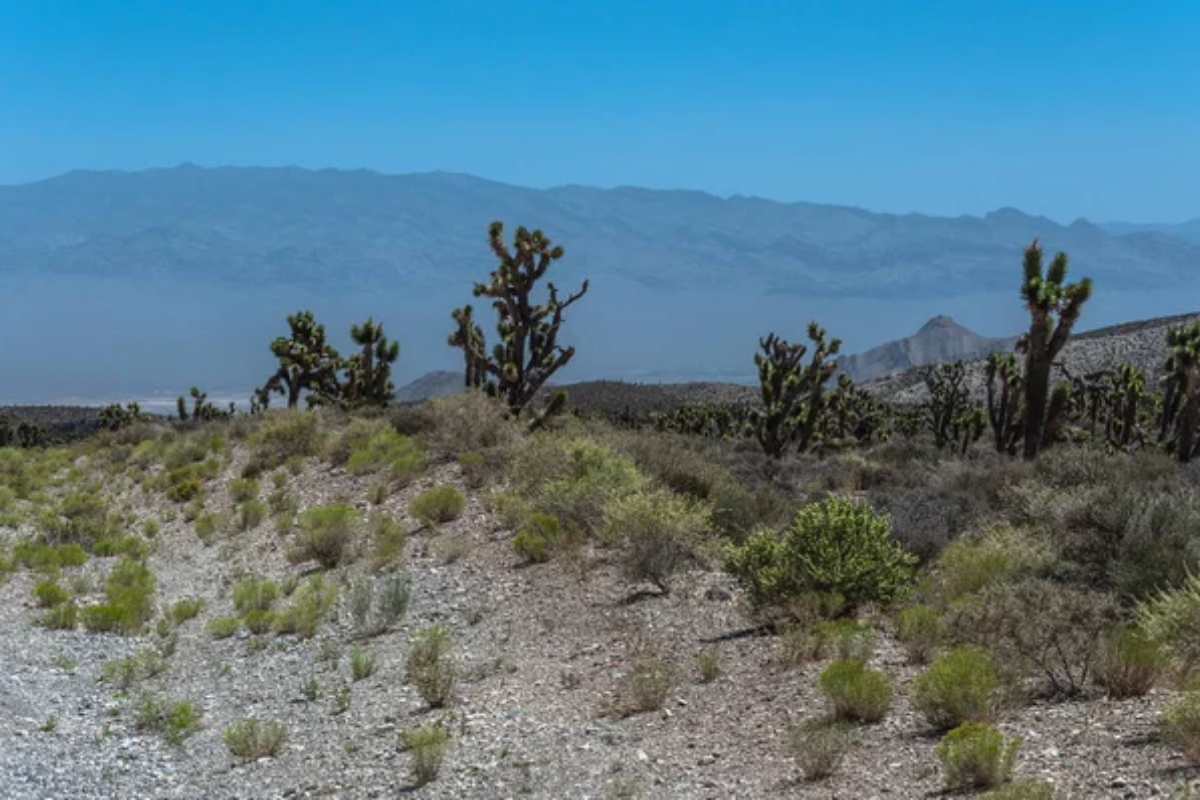
This 180-acre cultural and historical attraction includes extensive botanical gardens showcasing Mojave Desert plants and water-conservation techniques. The facility serves as a living laboratory for sustainable desert living, with demonstration gardens showing how residents can create beautiful landscapes using minimal water.
Its educational programs help visitors understand the delicate balance required for desert ecosystems to flourish in urban environments.
Like Travel Pug’s content? Follow us on MSN.
Desert Discovery Center, Whitewater, California
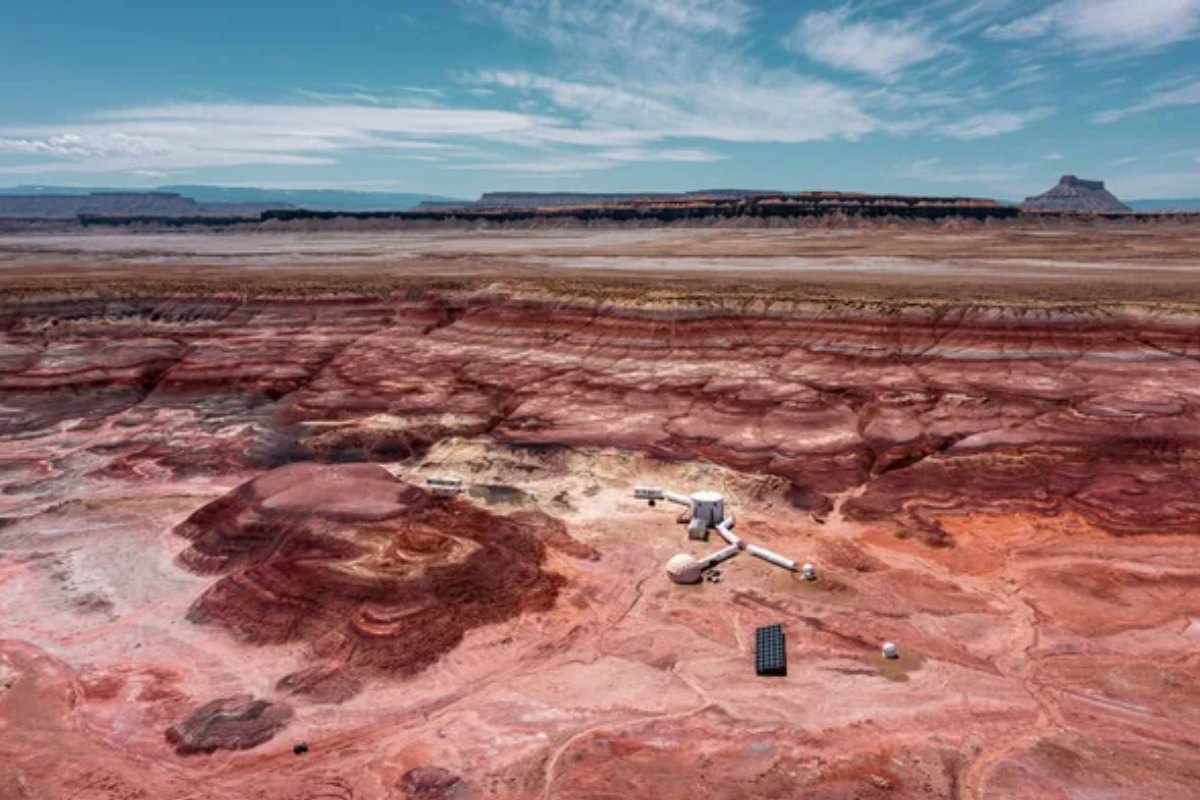
Located at the junction of the Mojave and Colorado deserts, this specialized facility focuses on plants adapted to extreme desert conditions. The center’s location provides unique growing conditions that support species from both desert ecosystems, creating unusual plant combinations not found elsewhere.
Its research programs investigate how climate change affects desert plant communities and develop strategies for conservation.
Rancho Santa Ana Botanic Garden, Claremont, California
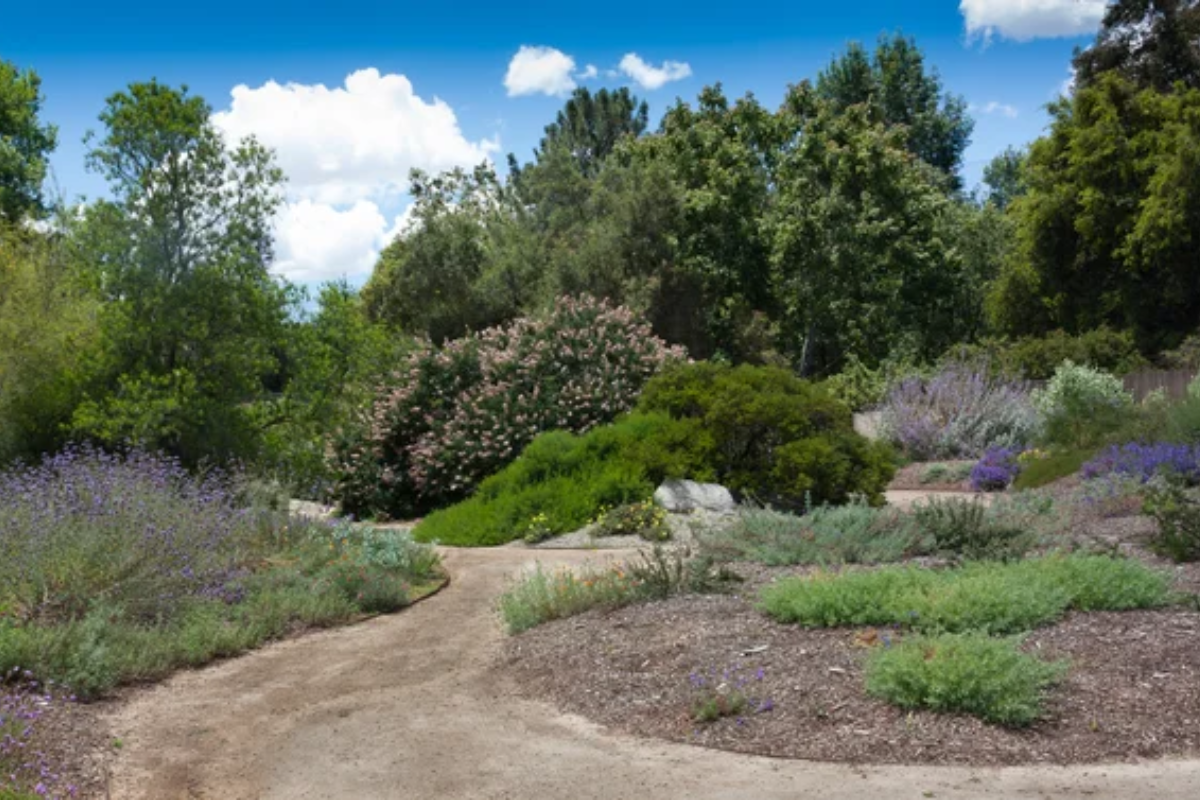
This 86-acre garden exclusively features California native plants, including extensive collections from the state’s diverse desert regions. The desert sections showcase plants from the Mojave, Colorado, and Great Basin deserts, demonstrating the incredible diversity within California’s arid ecosystems.
Its research and conservation programs work to protect rare and endangered California desert species for future generations.
Anza-Borrego Desert State Park Visitor Center, Borrego Springs, California
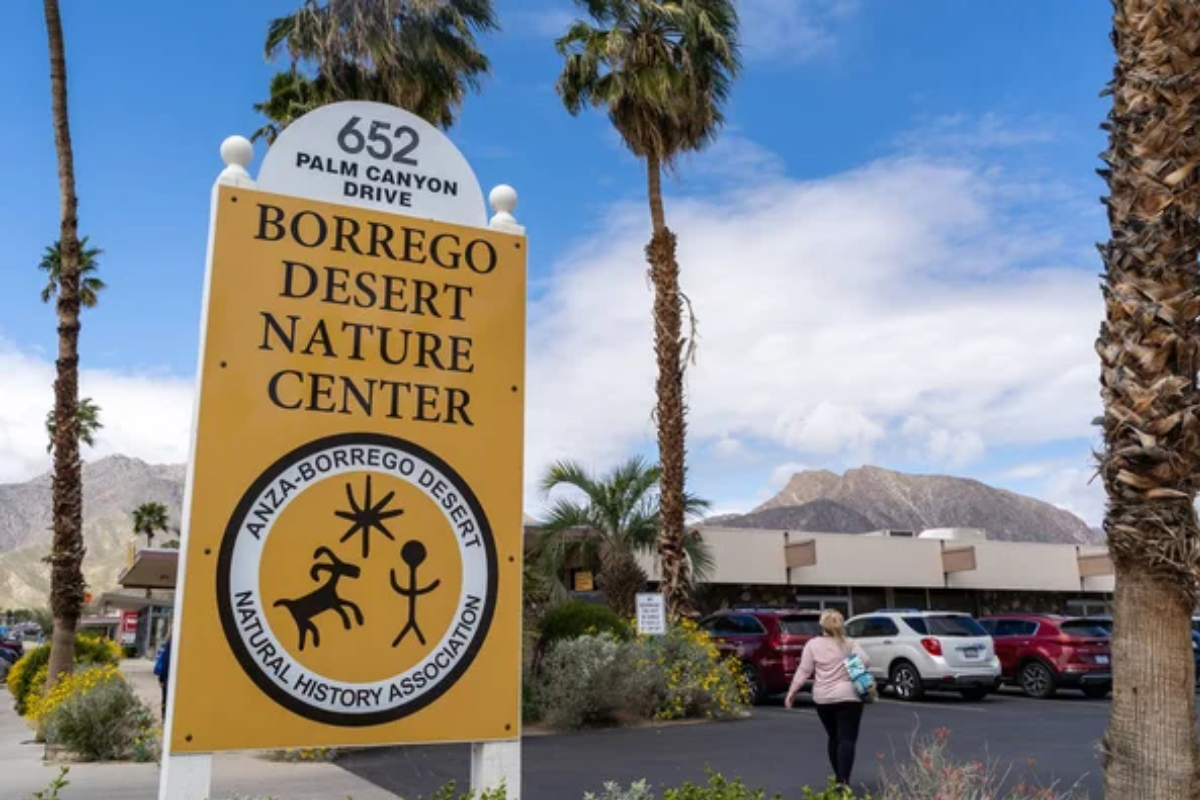
The visitor center’s demonstration garden features plants native to the Colorado Desert, providing visitors with identification guides for the surrounding wilderness. This garden serves as an educational gateway to understanding the plant life visitors will encounter while exploring the 600,000-acre state park.
Its location in the heart of the desert ensures that all displayed species are perfectly adapted to the extreme conditions of Southern California’s largest state park.
Like Travel Pug’s content? Follow us on MSN.
Desert Demonstration Garden, Las Vegas, Nevada
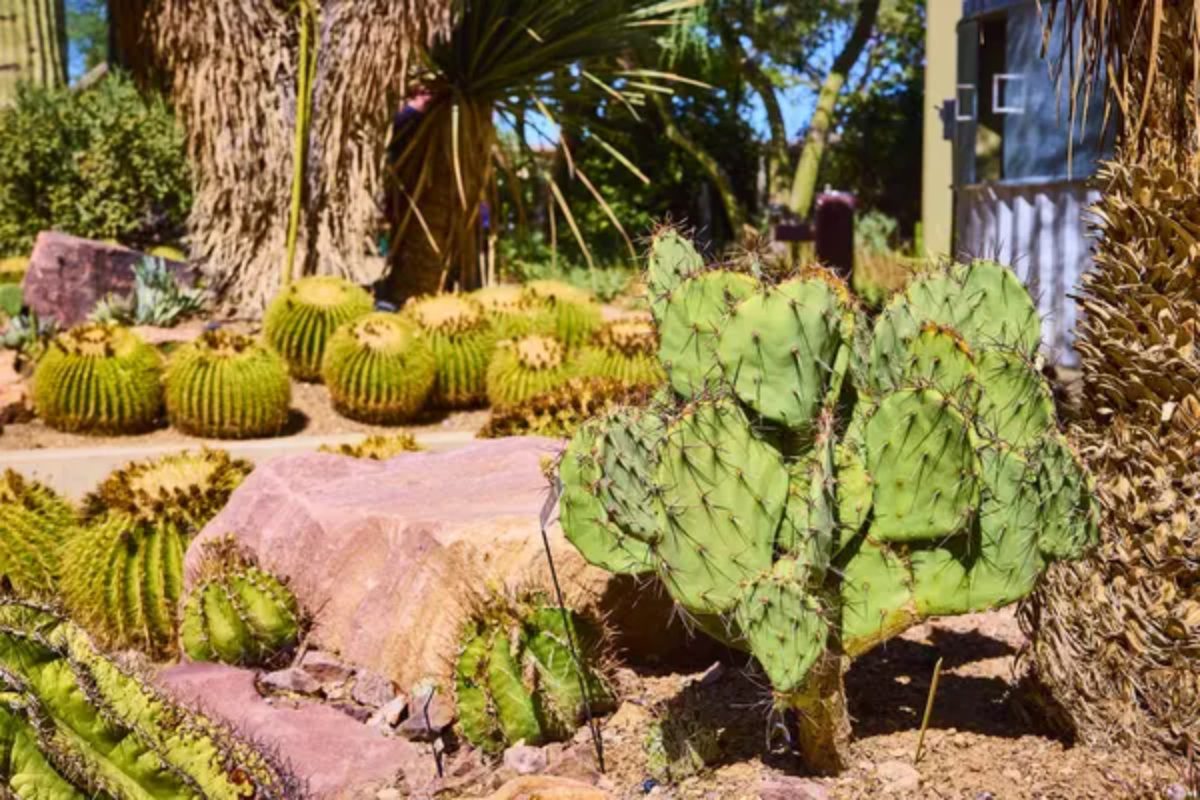
This three-acre facility showcases water-efficient landscaping techniques using desert plants that can survive Las Vegas’s harsh conditions. The garden demonstrates practical applications for homeowners wanting to create beautiful yet sustainable landscapes in desert environments.
Its focus on regional species and water conservation makes it an essential resource for desert residents seeking alternatives to traditional turf-based landscaping.
Chihuahuan Desert Gardens, Las Cruces, New Mexico
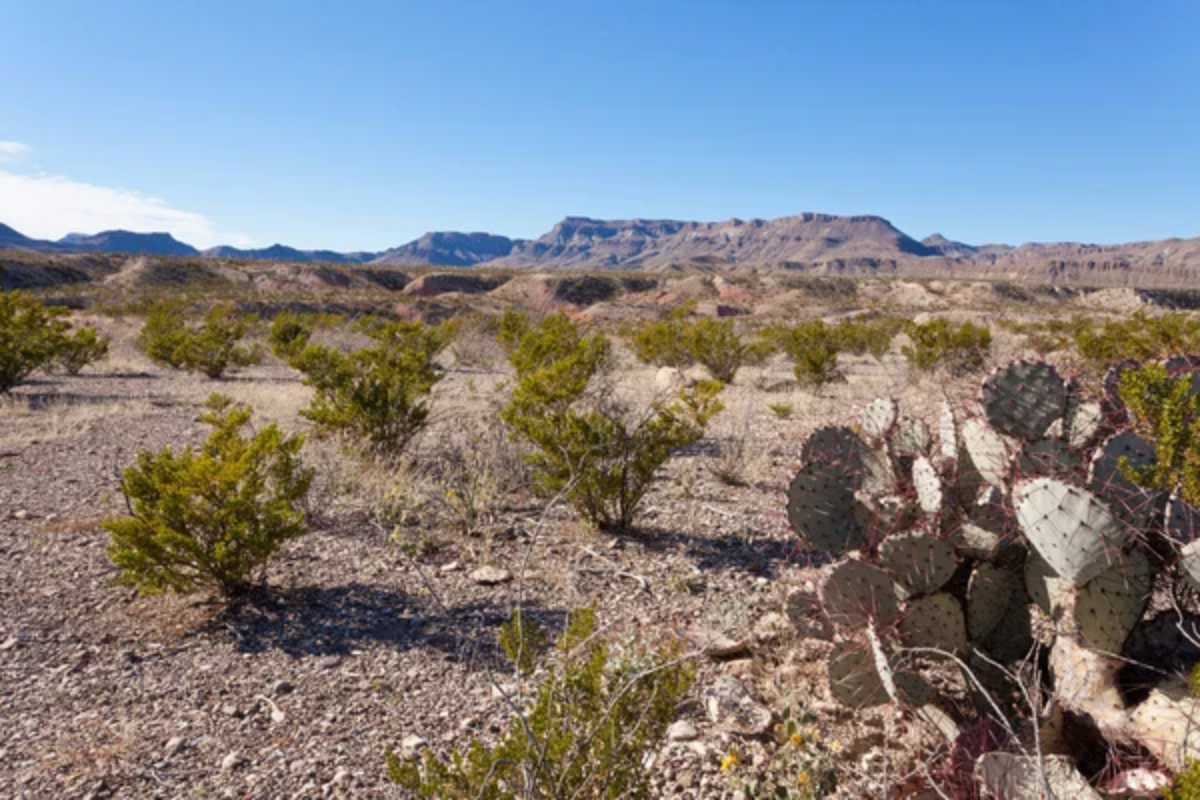
This specialized garden focuses on plants from the Chihuahuan Desert, the largest desert in North America, which extends from New Mexico into Mexico. The collection includes many species rarely seen in cultivation, providing visitors with insights into this often-overlooked desert ecosystem.
Its location in the heart of the Chihuahuan Desert ensures authentic growing conditions for the region’s unique flora.
Red Butte Garden, Salt Lake City, Utah
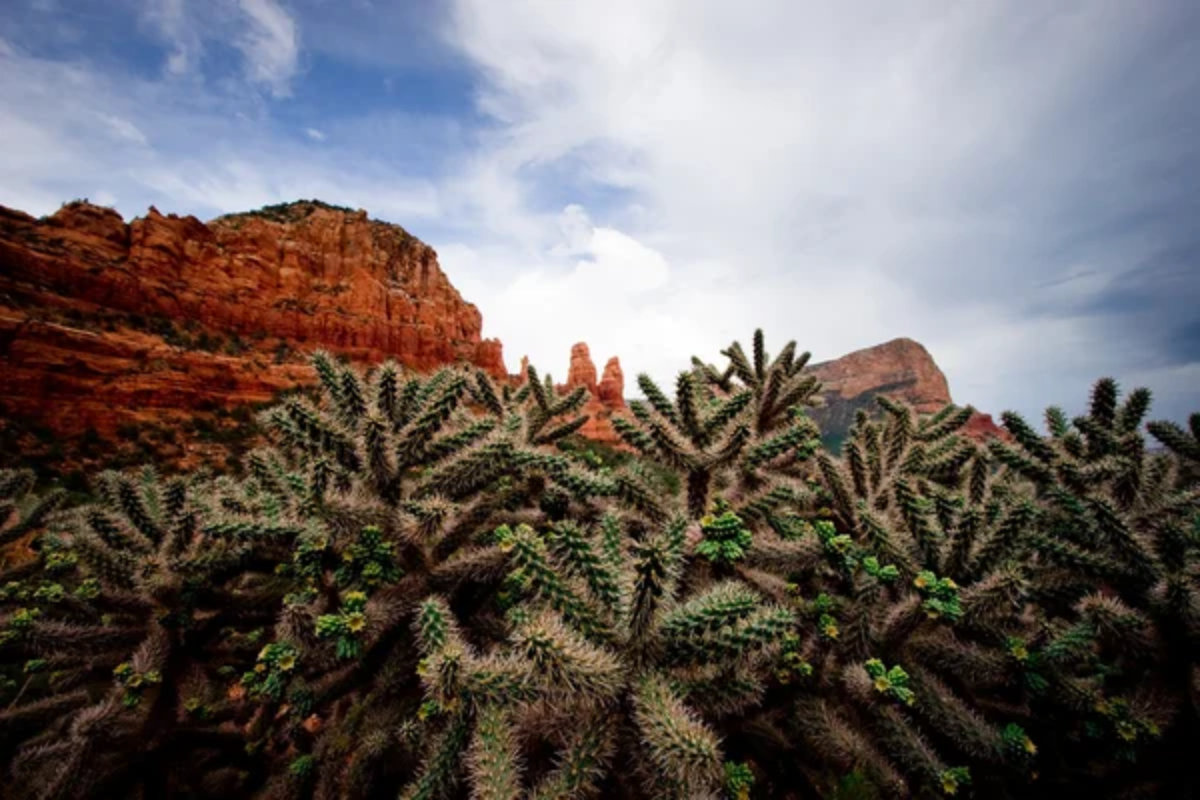
The desert section of this 100-acre garden showcases plants adapted to the high desert conditions of the Great Basin region. Despite Salt Lake City’s relatively high elevation and cold winters, the garden successfully cultivates desert plants by creating protected microclimates and selecting cold-hardy species.
Its innovative approach demonstrates how desert gardening principles can be adapted to challenging climates.
Like Travel Pug’s content? Follow us on MSN.
Desert Garden at Balboa Park, San Diego, California
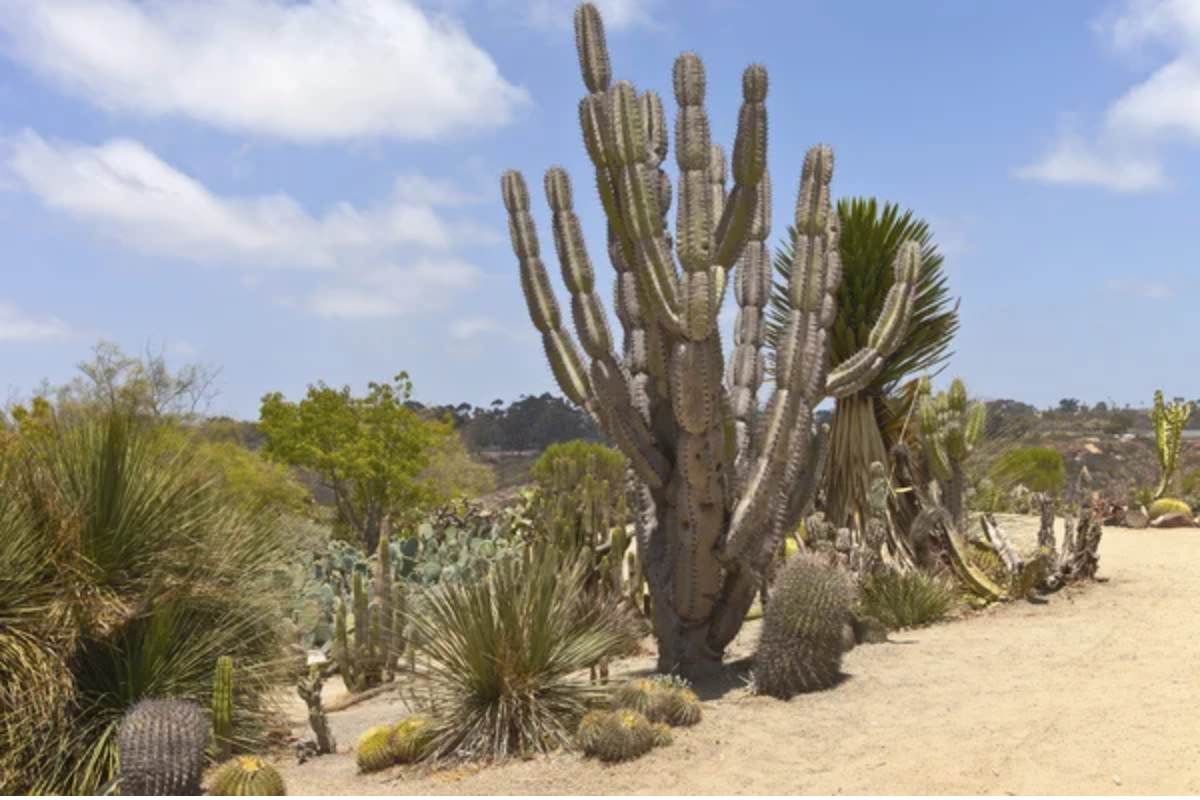
This two-acre garden within San Diego’s famous Balboa Park features desert plants from around the world arranged in naturalistic settings. The garden’s coastal location provides mild temperatures year-round, allowing for the cultivation of desert species that might struggle in more extreme inland conditions.
Its integration with the park’s other attractions makes it accessible to millions of visitors who might not otherwise seek out desert plant displays.
Succulent Gardens at Sherman Library, Corona del Mar, California
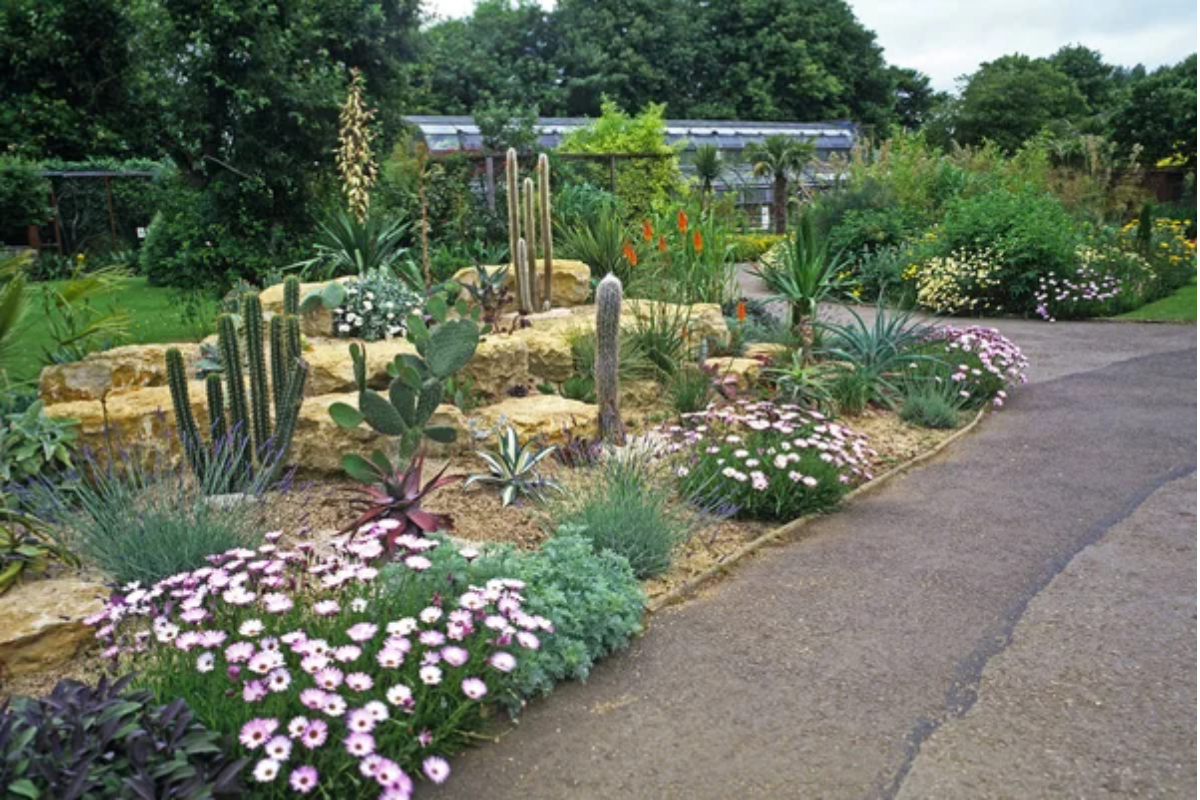
This intimate coastal garden specializes in succulents and cacti. It takes advantage of Southern California’s Mediterranean climate to grow desert plants year-round.
The garden’s location near the Pacific Ocean protects it from extreme temperatures while still offering the bright sunlight desert plants require. Its compact size allows for intensive cultivation of rare and unusual species in carefully designed display areas.
Desert Willow Golf Resort, Palm Desert, California
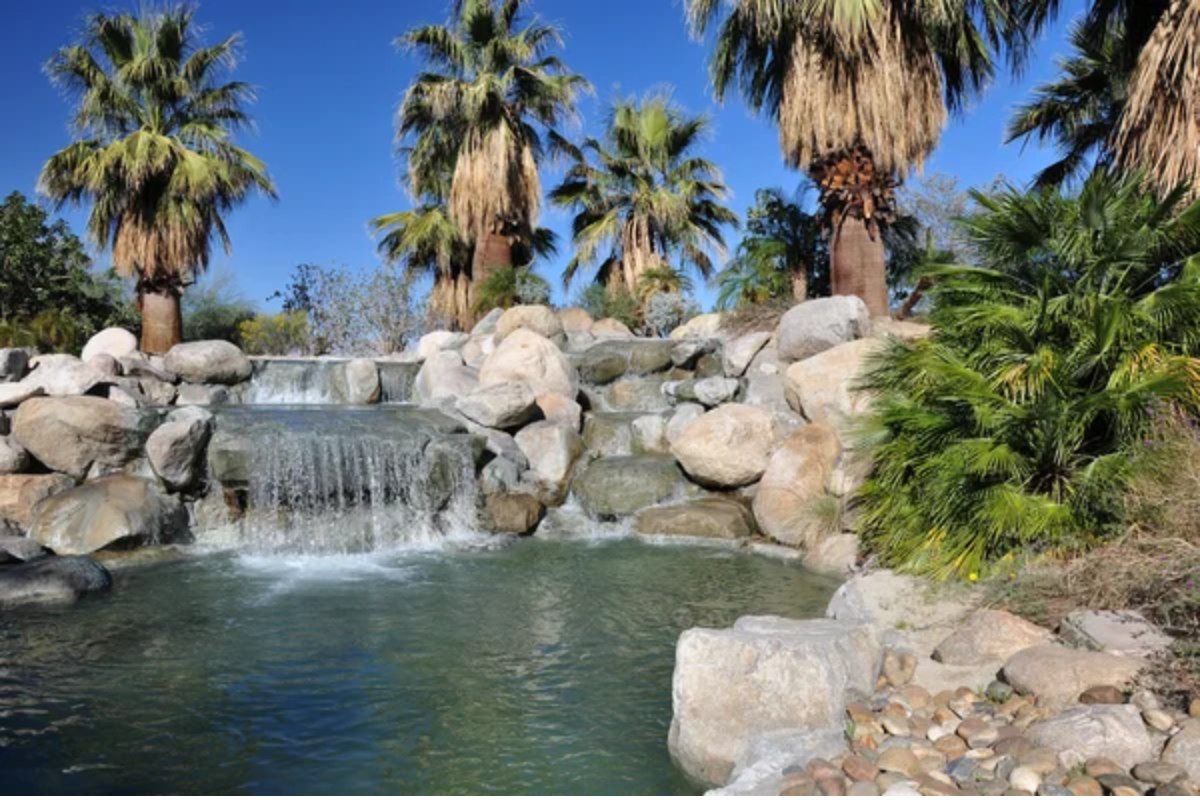
This resort’s large-scale landscaping exemplifies how desert plants may provide luxurious and sustainable atmospheres in recreational facilities. Native desert plants used to beautify the golf course and supporting lands need little watering, yet offer a scenic vista for guests.
Its success proves that desert plants can be included in commercial developments without compromising beauty.
Like Travel Pug’s content? Follow us on MSN.
UC Riverside Botanic Gardens, Riverside, California
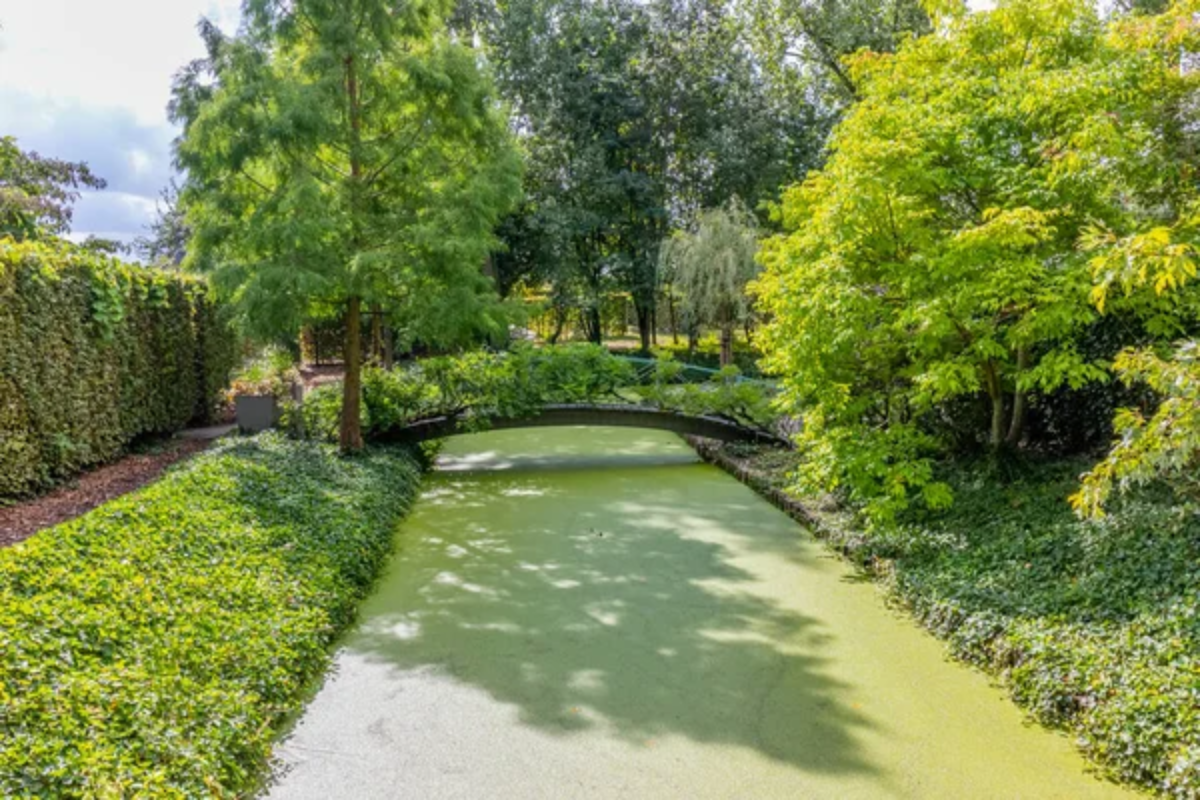
The desert sections of this 40-acre university garden focus on research and education about arid-land plants from around the world. The facility’s academic setting allows for detailed study of desert plant adaptations and conservation strategies.
Its collections serve both research purposes and public education, making cutting-edge botanical science accessible to visitors of all backgrounds.
Where Desert Dreams Take Root
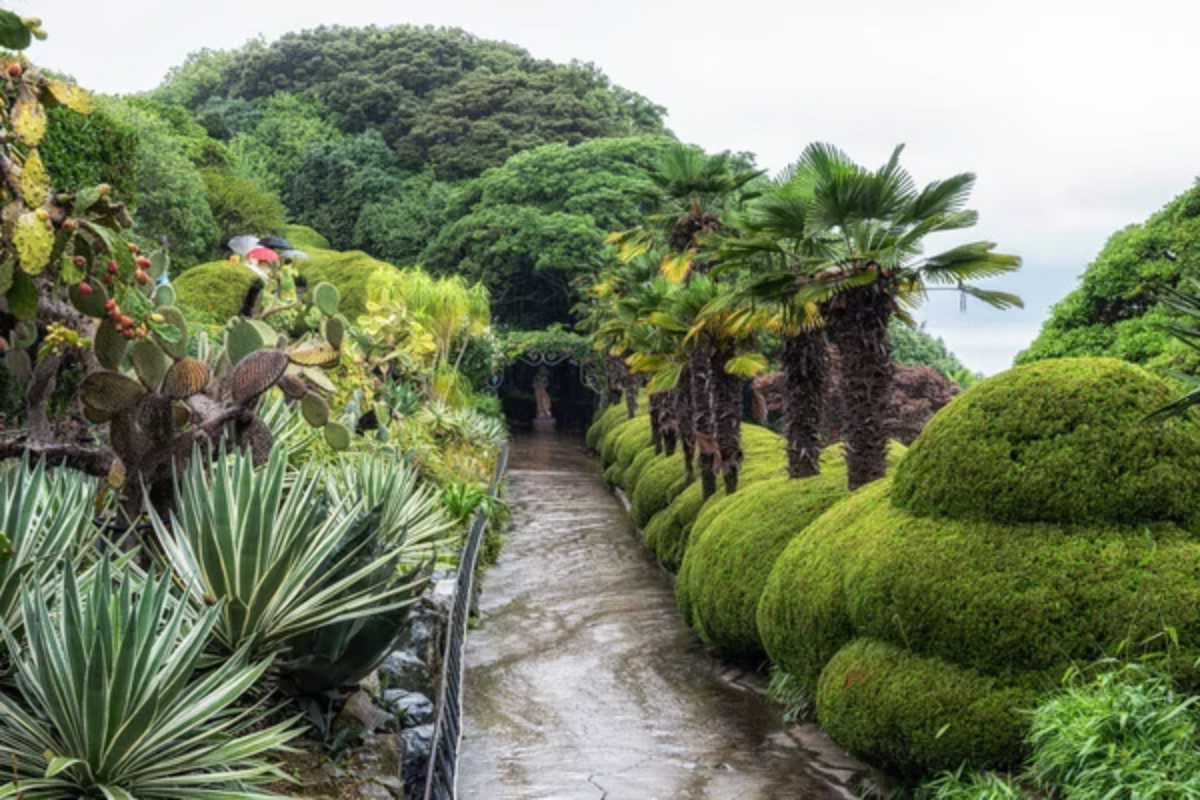
These remarkable gardens represent more than just collections of hardy plants; they embody humanity’s growing understanding of how to live sustainably in arid environments. As climate change makes water conservation increasingly important, the lessons learned in these desert gardens become relevant far beyond their borders.
The techniques developed for cultivating desert plants are now being applied in traditional gardens worldwide, proving that desert botanical gardens are pioneering the future of horticulture. Their year-round beauty serves as a reminder that some of nature’s most spectacular displays come from plants that have learned to thrive with less, not more.
More from Travel Pug

- Cities Growing so Fast You Won’t Recognize Them in 10 Years
- 13 Destinations Where Tourists Regularly Regret Their Trip
- 16 U.S. Cities That Are Quietly Becoming Travel Hotspots
- Where to Travel If You Love Long Bus Rides and Daydreams
- 20 Cities Perfect for Solo Travelers Who Crave Adventure & Culture
Like Travel Pug’s content? Follow us on MSN.
